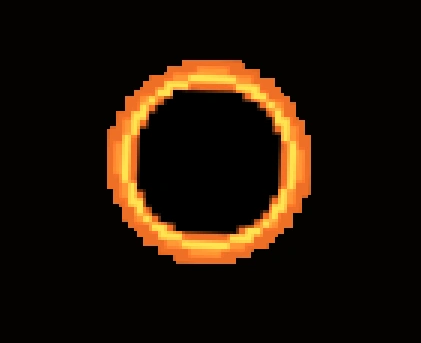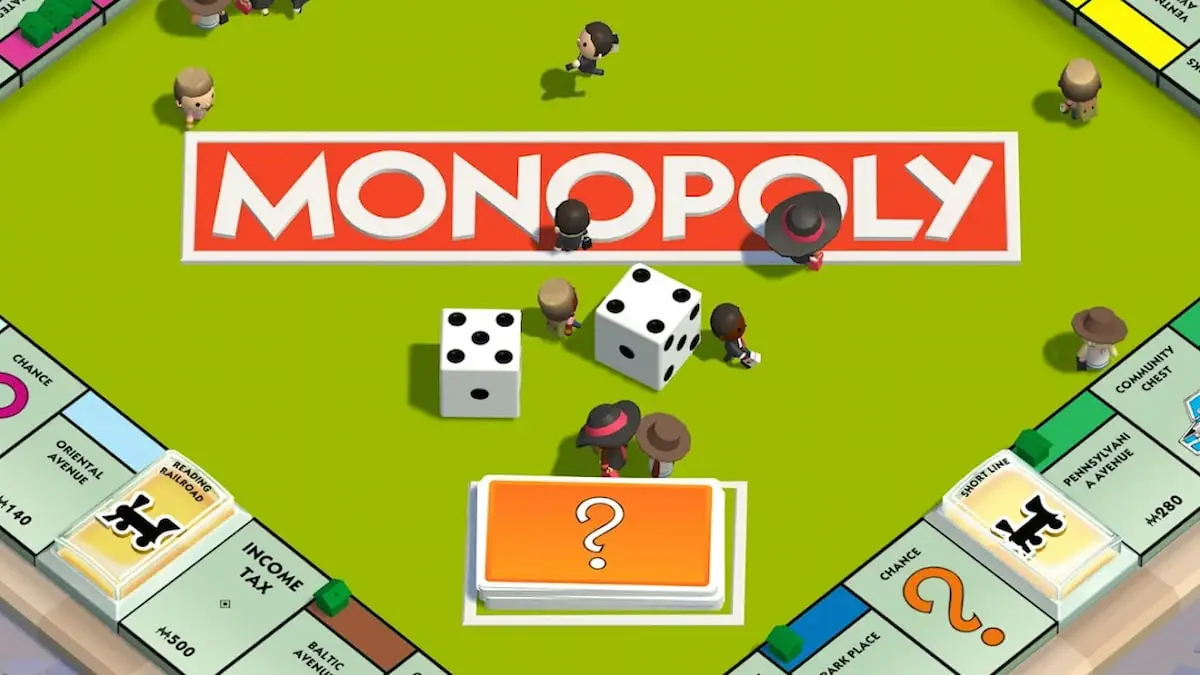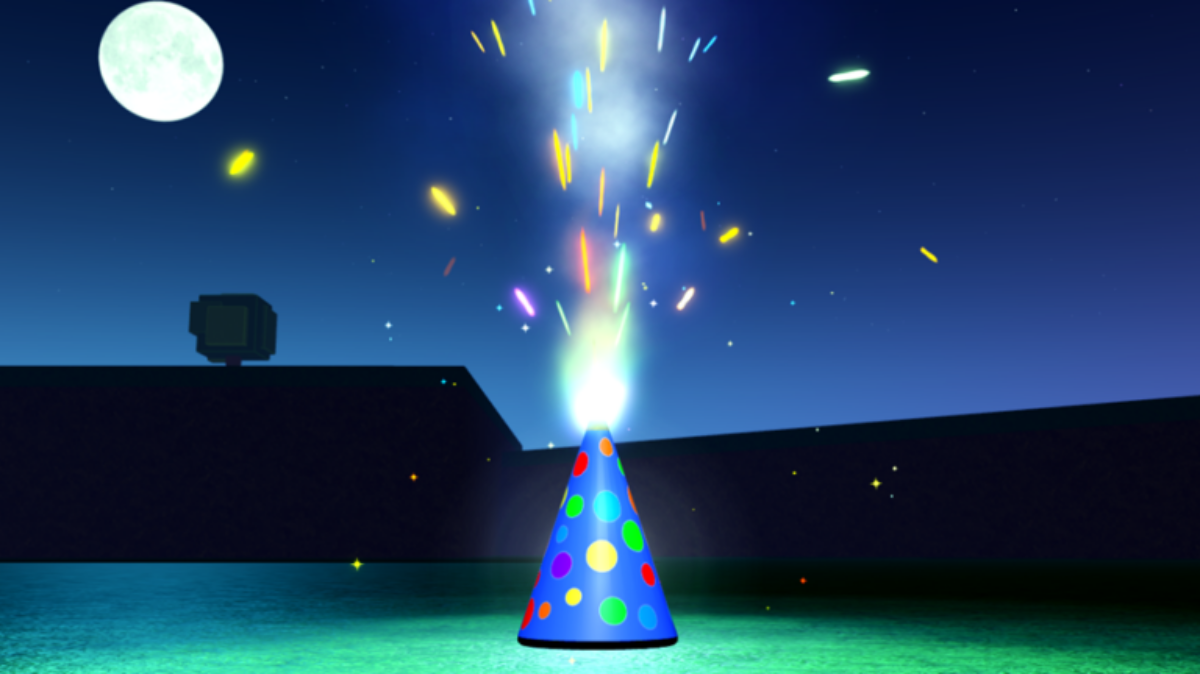Terraria is Steam’s most-beloved game, and for good reason. It blends elements of classic action games with the freedom of sandbox-style creativity, all of this available to experience in various difficulty modes!
With various difficulty modes come different events and phenomena, one such phenomenon being the Solar Eclipse.
How the Solar Eclipse Works in Terraria

A Solar Eclipse is a Hardmode event that occurs quite rarely after at least one mechanical boss has been defeated. A Solar Eclipse has a 1/20 (5%) chance of taking place upon any particular dawn.
On the Desktop version, Console version, Mobile version, Nintendo Switch version, and tModLoader version, it is also possible to summon a Solar Eclipse using a Solar Tablet. This is only legitimately obtainable after defeating Plantera, but can occasionally be obtained prior to that as well.
During a Solar Eclipse, unique and difficult enemies start spawning at very high rates, even near NPCs. The event lasts for one entire day, from sunrise to sunset, regardless of the amount of enemies that have been killed. The moon is visible in front of the sun, which causes the ambient light level to drop to below-nighttime levels, as well as sleeping not advancing time, very similar to a Blood Moon.
A Solar Eclipse is announced at the very beginning of a day with the status message “A solar eclipse is happening!” The event only affects the surface layer, and can be completely avoided by moving into the underground layer or below.
Even if a Solar Eclipse took place the previous day, there is still a 5% chance for it to take place the next day. It is also possible for multiple Solar Eclipses to occur in a row. Furthermore, a Blood Moon can also follow right after the occurrence of a Solar Eclipse.










Published: Mar 5, 2022 01:09 am